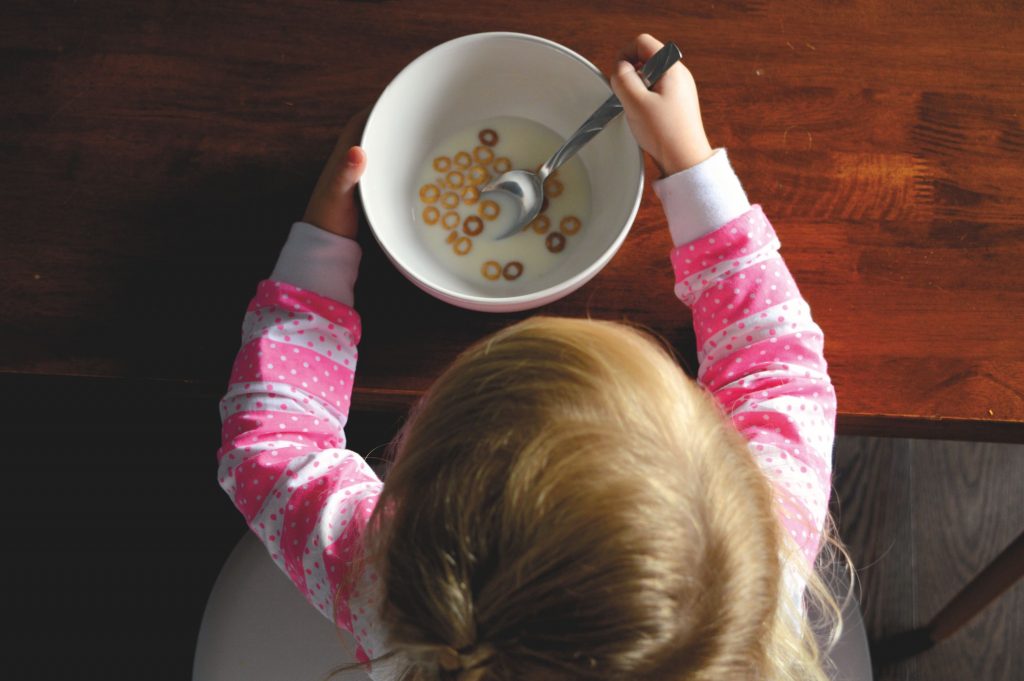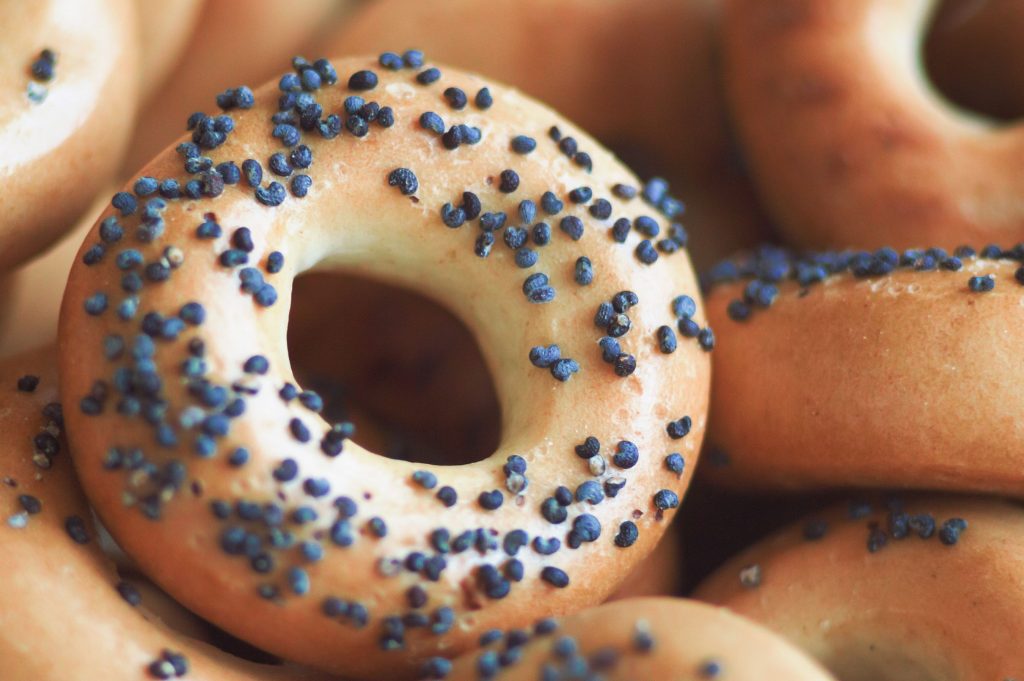A custard pudding with little scoops of chocolate in it. Can you get used to it? Or those delicious looking yogurt trays. At the first bite, you can taste hard pieces of fruit. Liquid food with added pieces. Many people cannot get used to it. And to be honest, sometimes it seems like you never get used to it. There are several logical explanations for this. So do you have children who spit out the food repeatedly, because there are little hard pieces in it? Then continue reading and you will find out why?
Four reasons why we hate hard bits in food
1. The structure
As adults, we open a large bag of chips on a pleasant evening. Or we buy a bag of winegums for in the car. After a while, the chips become soft and the winegums are hard. And despite the fact that the taste has remained the same, we are no longer fond of those ‘old’ chips or the hard candy.
We can conclude that the structure of food is important for the sensation of taste. We have expectations about the structure of food. As soon as this deviates, food becomes less tasty. The same principle also applies to small hard pieces in liquid food. Therefore, you can imagine that children spit out the small pieces into their finely mashed food. It is a structure that they do not expect and that makes the food less tasty.

2. Caution
It is a mechanism to be extra careful as soon as there are unknown hard bits in our food. Think again about the yogurt. It is a homogeneous substance. Our expectation says there should be no hard bits in it. If we consciously opt for yoghurt with pieces of fruit, the brain knows that there is no problem. But if we buy yogurt and unexpectedly we taste hard bits in our mouth, it is the mechanism in us that warns of food contamination. It is a theory suggested by many scientists. But to date, no hard evidence has been found. Although it seems like a very logical theory.
3. Survival mechanism
Following on from the previous point, it appears that people have developed a survival mechanism during evolution. In the old days, there were no supermarkets. So food was being obtained directly from nature. You always had to be on your guard then. Food needed to have the smell, taste and composition that were expected. If this turned out to be different, people could get sick. It is therefore a mechanism that we have created ourselves to protect our own health. A survival mechanism that we ultimately no longer need so much in the present time. All products have an expiration date. And even though you can argue about that. You really do not have to be on your guard now so much.
4. Fear of suffocation
The human body is vulnerable. We like to keep our digestion in order. When digestion responds differently than normal, we find that unpleasant. Consider a stomach flu that requires vomiting. Gagging and vomiting feel uncomfortable. We also apply this feeling when eating food.
When we eat food, we are alert. Just think of a delicious tender meat, where we suddenly encounter a bone. Certainly when it says on the packaging “boneless”. Then a shock reaction takes place in us. An unexpectedly hard piece in a soft or tender substance makes us alert. The fear of gagging or even suffocating is immediately present. A difficult structure in our mouth deprives us of chewing. Plus the etiquette has taught us that we should look charming and neat while eating the meal. Imagine how it feels when you need to gagging at the table? That is also the reason for adults to opt for well-known dishes for special meals. We would not want a piece of chocolate from the custard to shoot us in the throat?

How does this work with children?
All of the statements above are equally applicable to small children. Give a child a cookie and there are no problems. Or a sandwich is also happily finished. Simply because the entire substance consists of the same structure. A child sees what it is going to eat. We give a delicious, finely mashed healthy meal. But unexpectedly we put some coarser pieces of food in it. Then the child does not know what to do with it. Spitting out is often the only reasonable option. And that spitting out is triggered by the unexpected structure. The caution for food is even with small children unconsciously present. Just like the survival mechanism and the fear of choking on a hard piece of food.
A tip that helps your child to eat solid food
Aside all the theory, of course the individual unique development of your child is leading. Not every child is as fast in his or her motoric development. That means that the motoric development from the mouth can differ from child to child. The intestines must also be ready to tolerate solid food. On average this is around six months.
There is a method, the so-called Rapley method that offers food to your child in its original form. The child learns to experiment with food. In a playful way, children learn how to handle food. There is no compulsion and children appreciate the different colors, tastes and structures at their own speed. The pieces of food you give your child are as big as their fist. Raw fruit and cooked or steamed vegetables are fine.
As soon as the motor skills are good enough to grab the food and put it in the mouth. From that moment on, children can also chew their food gently. Teeth are not needed for this. Of course as a parent you always make sure that you are nearby your child. But relax. in this playful way children learn to discover different types of food. Without encountering unexpected little hard pieces in their finely mashed food.

